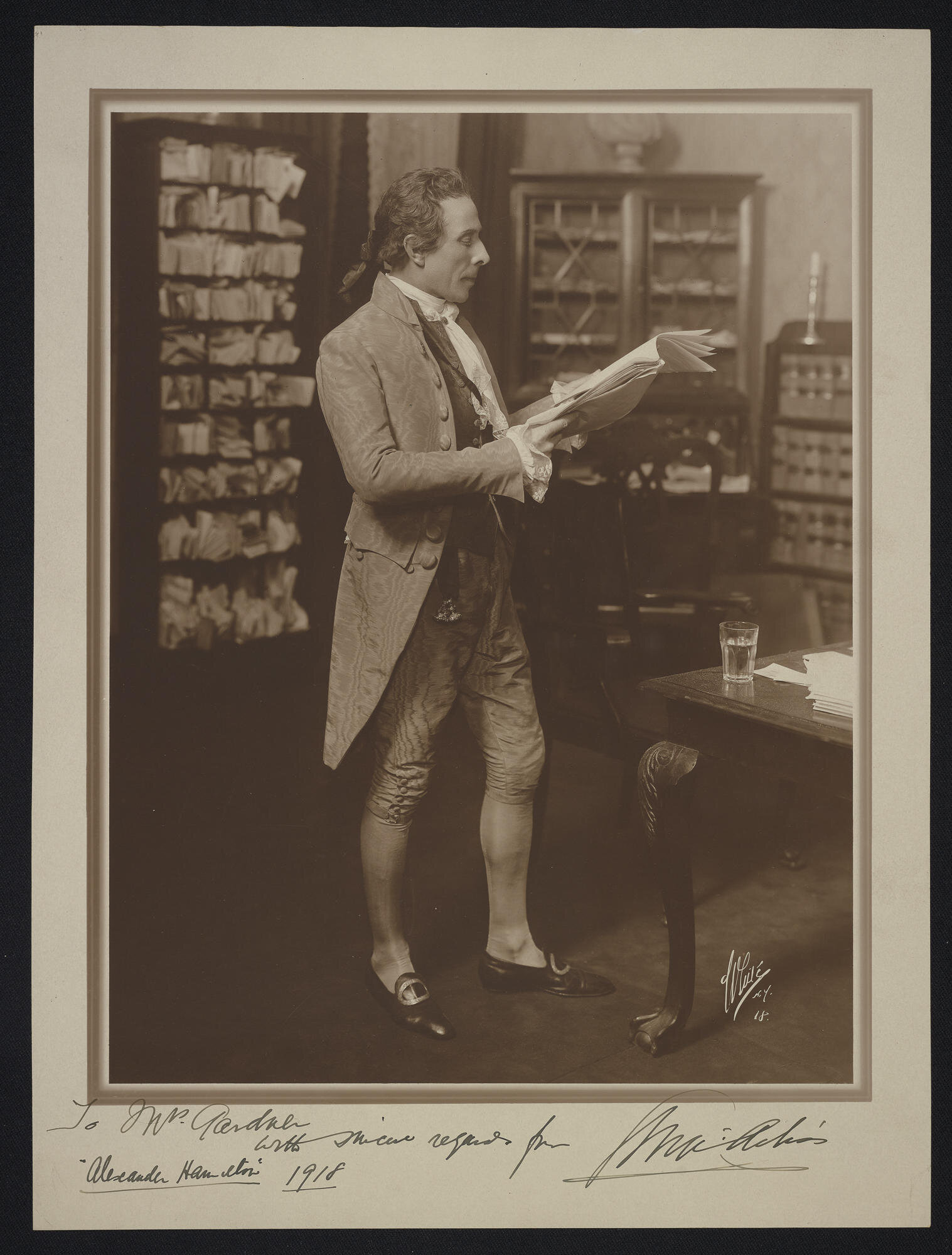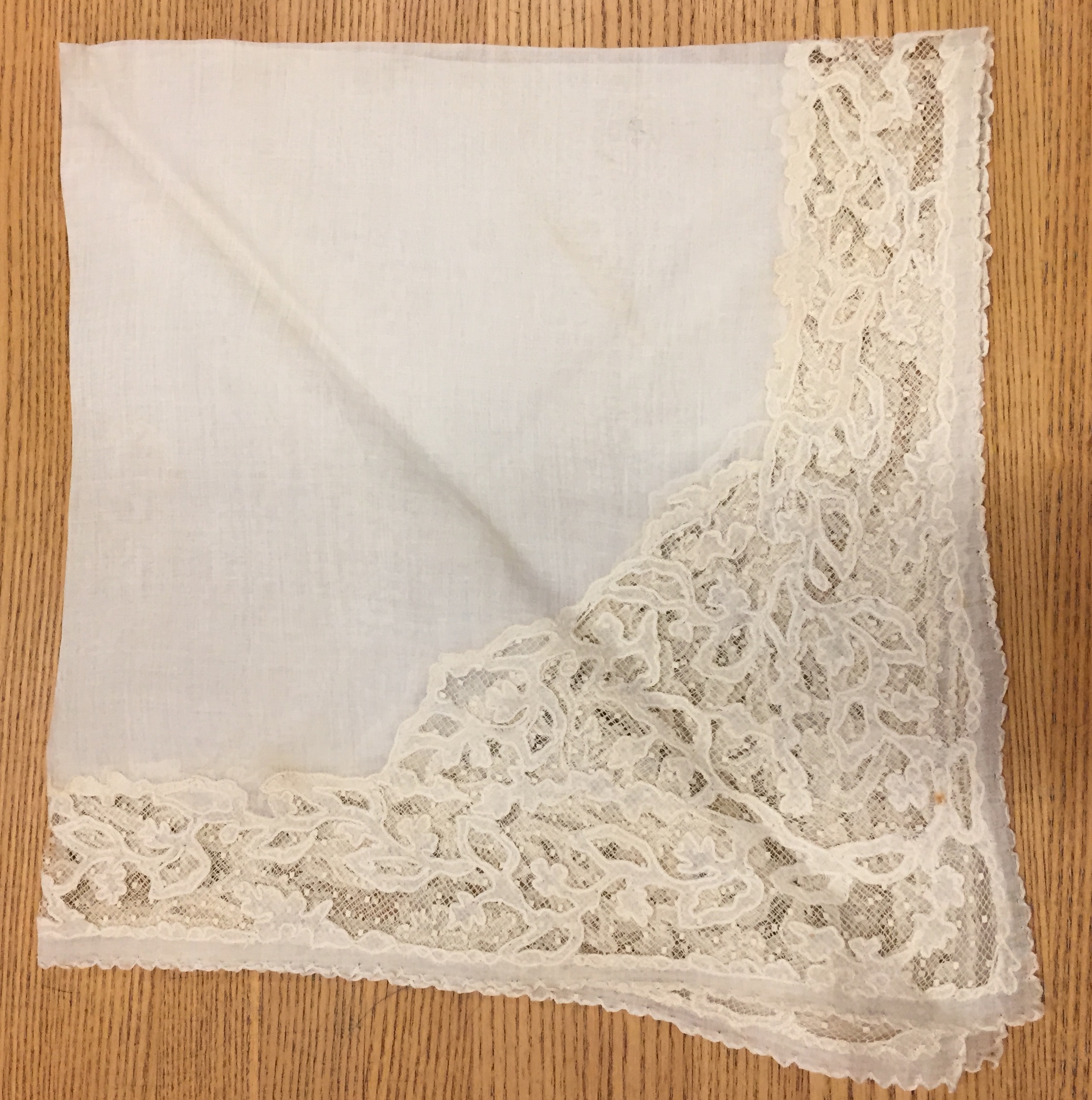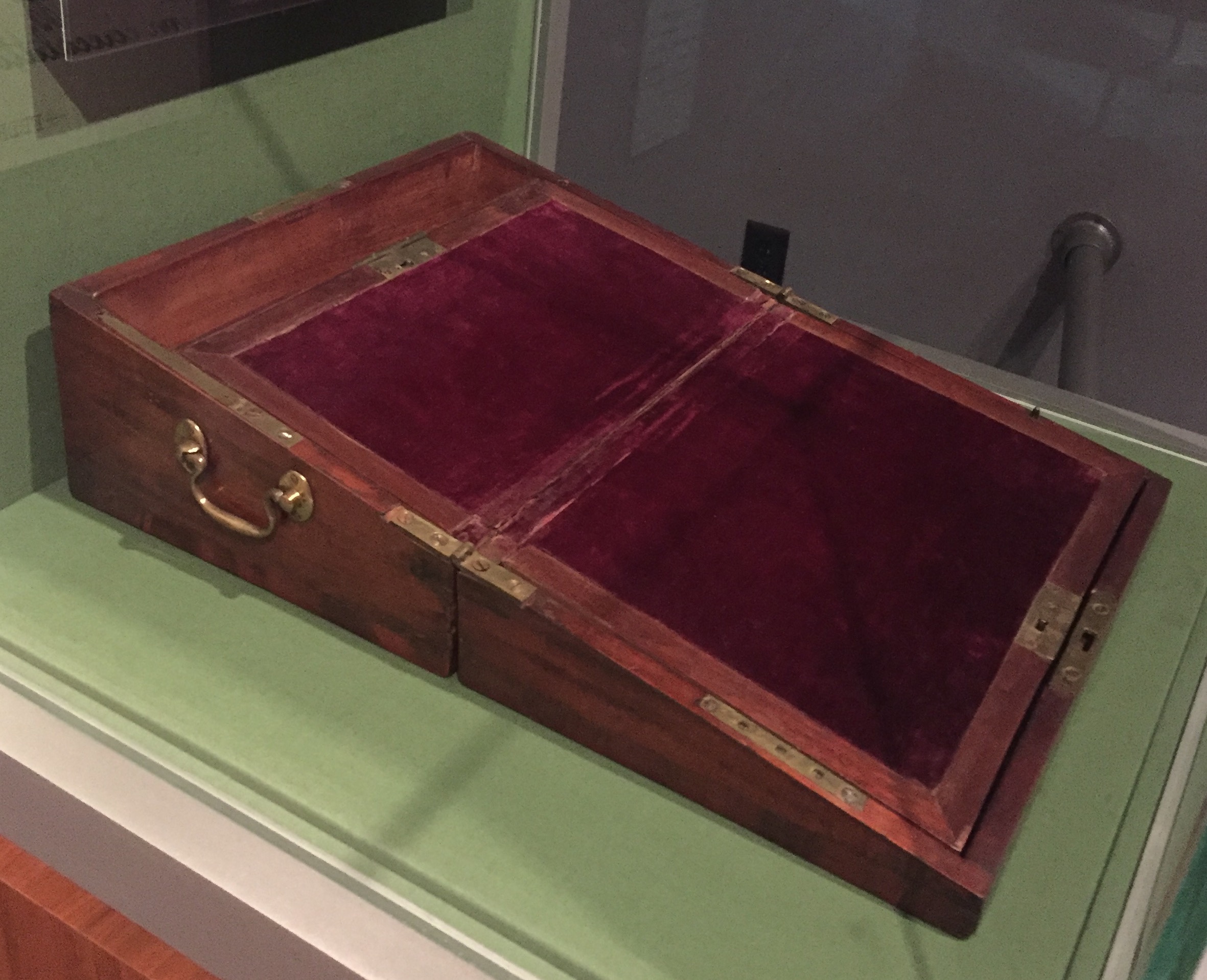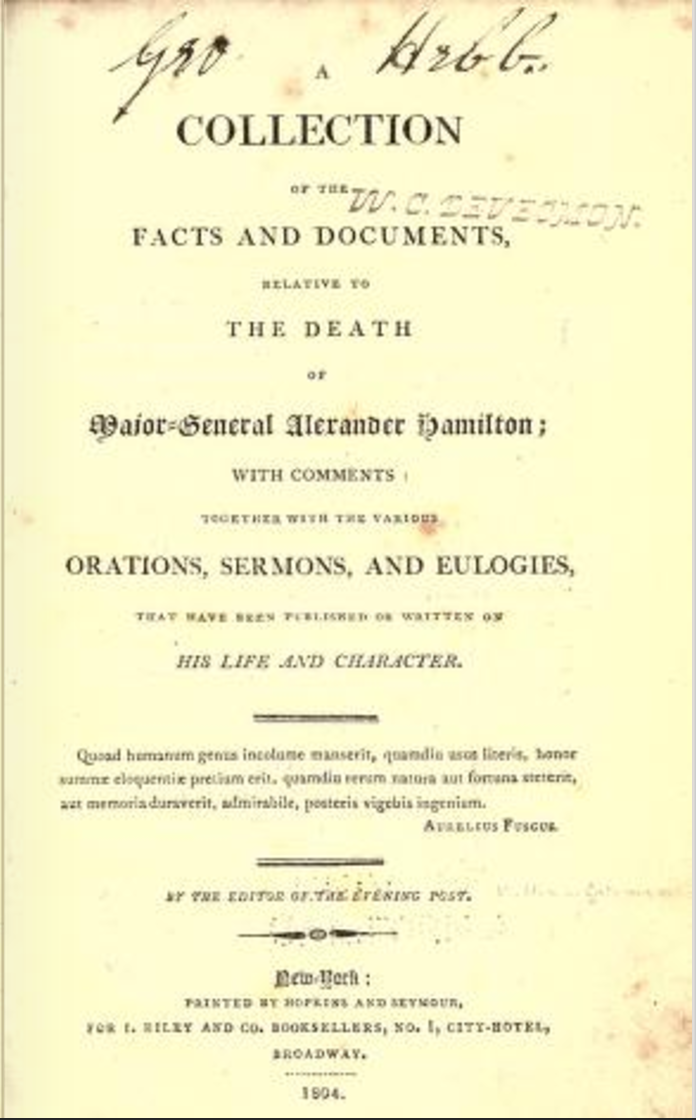The sudden death in July, 1804 of Gen. Alexander Hamilton from wounds suffered during his infamous duel with Col. Aaron Burr shocked a country, and left his family and friends reeling. Overwhelmed with grief, his new widow Elizabeth did not attend the funeral. She struggled to face life without the man she'd loved and supported, and told others that she longed to die as well. Not only was she left with seven surviving children - the youngest still a toddler - but she had also inherited her husband's considerable debts.
And yet, despite all this, the rituals of death and mourning were observed by the grieving family. Mourning clothing was ordered and worn; Eliza continued to wear a version of the same high-waisted black mourning dress for the rest of her long life. Calls and letters of condolence were received and answered. Before the general was buried, Eliza would have cut and saved locks of his hair.
Hair was among the most precious and treasured of mementos in the 19thc, a lasting link to the deceased. As I shared here, strands of Hamilton's hair were still being given to admirers by his son decades after the general's death. For the family and closest friends, the hair became the centerpiece of mourning rings.
These are two surviving examples of mourning rings ordered by the family to honor Hamilton shortly after his death. The ring, above right, was presented by Eliza to one of her husband's friends. Made of gold with a double shank band, the ring includes a braided swatch of Hamilton's hair, preserved under a crystal. Now in the collection of the New-York Historical Society, the ring has survived with its original dome-topped presentation box, covered in red leather and lined with blue and white velvet.
The second ring, above left, and right, has remained in the Hamilton family, and is currently on loan and on display at the Museum of the American Revolution as part of their “Year of Hamilton” . This ring, also gold, features the precious hairs loosely wound together beneath a bevelled crystal, and surrounded by bands of white and black enamel. According to the description, the ring was worn as a pendant, suspended on a ribbon through the gold link added to the ring. The ring was said to have descended directly through the Hamilton-Schuyler family, and is believed to have been worn either by Eliza herself, or one of her daughters.
One thing that I find interesting about both rings are the inscriptions inside. Both are engraved with Hamilton's name, the date of his death, and his age at his death: "46 yrs. 6.mo.", which would make his birth year 1758. Most modern scholars, however, believe that he was born in 1757, or even 1755. Why the discrepancy? The current theory is that Hamilton was self-conscious about entering college at an age older than most of his classmates, and may have shaved a few years from his age before he arrived in New York to begin his studies at King's College. In any event, it's intriguing to think that his wife either didn't know the truth herself, or chose to perpetuate the incorrect date long after it would have mattered.
Above right: Mourning ring, maker unknown, 1805, New-York Historical Society; photo courtesy of N-YHS.
Above left: Elizabeth Schuyler Hamilton's Family Mourning Ring, maker unknown, c1804, photo courtesy of Clifton & Anderson.
Read more about Alexander and Elizabeth Schuyler Hamilton in my historical novel I, Eliza Hamilton; order here. My latest historical novel, The Secret Wife of Aaron Burr, is now available everywhere. Order here.






























